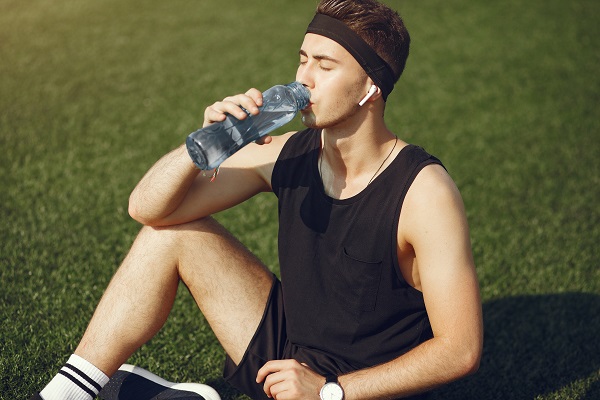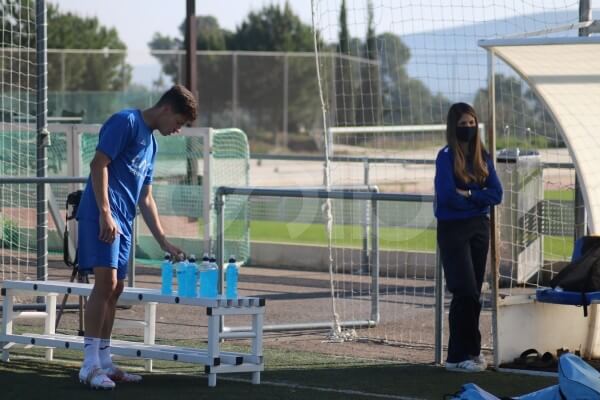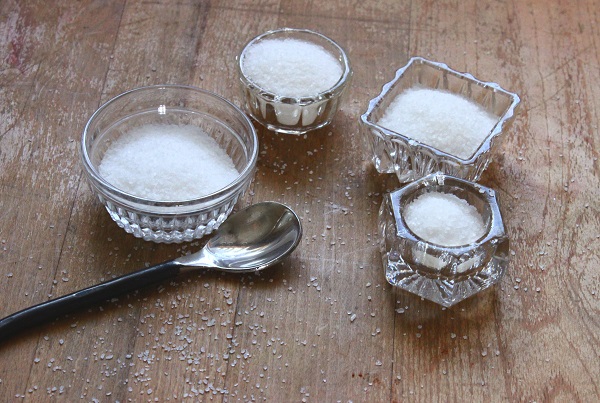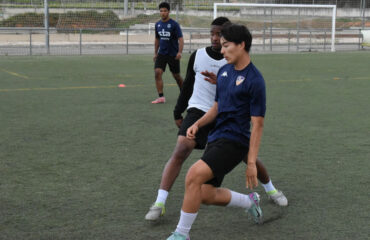IMPACT OF HYDRATION IN SOCCER
Is hydration a determining factor in sports performance? How much of fluid should we drink to stay well hydrated? Is water or sports drinks better ?How do I know if I’m hydrating properly?
All these questions are asked by our players when we talk to them about hydration. In addition to nutrition, hydration is one of the fundamental pillars to better the performance of our players, which is why at SIA we perform hydration tests that allow us to teach our players to know their fluid requirements and adjust them according to the game scenario (weather, exercise intensity, opportunities for hydration, among others).

HOW TO KNOW THE PLAYER’S HYDRATION STATUS?
There are numerous ways to monitor an athlete’s hydration status. One of the most practical strategies includes the comparison of 3 variables: body weight, urine appearance and urine specific gravity (a special equipment called a refractometer is used for this purpose).

Body weight is an important indicator, as it has been shown that the percentage change in weight before and after exercise is proportional to fluid losses through sweating. For a correct estimation, it is essential that the measurement be taken with as little clothing as possible, as this absorbs much of the sweat.

| Training provides opportunitiesfor players to become familiar with their own sweating rates and fluid needs. |
Likewise, quantification of these sweat losses are compared to fluid intake during training. This relationship allows us to evaluate the level of sweating of each player according to the intensity of exercise, the usual fluid intake during training and thus establishes hydration strategies according to the needs and individual preferences of our players.

| “Just as general training and competition strategies should be tailored for individual players according to their unique needs and preferences, so should their drinking and eating choices during training and match play.” |

The appearance of urine in terms of its color allows us to assess its concentration which relates to hydration status. For this we use a visual color chart. This scale serves not only as an educational tool but also as a tool for assessing hydration status prior to training/matches.

| “We should encourage our athletes to stay on the 1 to 3 color scales throughout the day.” |
FACTORS THAT INCREASE FATIGUE
Many different factors contribute to the increased fatigue experienced when exercising in challenging environments. When players work hard, they sweat. In a typical training session or game on a hot day, sweat losses can reach 3 L, although losses of 1 to 2 L are more typical. Since many footballers do two training sessions a day in preseason, these high sweat losses must be replaced on a daily basis.

Along with water, several salts will also be lost, especially sodium. Some players may lose 10 to 15 g of salt in sweat in a single day, while others will lose very little, even at high sweat rates. However, on a cold day, some players will lose very little sweat. Therefore, each player’s hydration needs are different and will vary with the intensity of training and with the weather during the season.

Although some individuals may be more or less sensitive to dehydration, there is evidence that mild dehydration (body mass loss between 1-3%) can lead to impairments in cognitive function and some aspects of physical performance. Reduced awareness and ability to concentrate and increased self-reported fatigue and headaches have been identified.
WHEN AND HOW MUCH FLUID TO CONSUME?
Fluid intake is clearly the only way to replenish sweat losses and thus avoid or reduce the magnitude of dehydration. In football, the window of opportunity for fluid intake is limited, so it is necessary to learn how to make the most of any occasion and establish strategies.

Drinking fluids before, during and after training/matches is essential, especially in hot climates.

BEFORE TRAINING/MATCHES
One of the main risk factors for dehydration in footballers is that they often start a practice or game already in a dehydrated state. This reflects the need to educate our players on the importance of fluid intake throughout the day.
As a reference, the American College of Sports Medicine recommends guaranteeing 2-4 hours prior to training.

DURING TRAINING/MATCHES
Studies show that football players often have insufficient fluid replacement during training/matches, additionally they usually lose around 50% of fluid through sweat during their activities.
It is often said that athletes should drink when they are thirsty, but this does not apply to matches, because opportunities to drink are limited. Obvious opportunities to drink during a match include the warm-up, during the last minutes before kick-off and at half-time. During training/matches, drink breaks should be arranged according to the weather and the intensity of the session.

AFTER TRAINING/MATCHES
Recovery after exercise is part of the preparation for the next exercise session, and replacing sweat losses is an essential part of this process. Both water and salts lost through sweat must be replenished. Players should aim to drink between 1.2 and 1.5 L of fluid for every kg of weight lost in training or matches.

WATER OR SPORTS DRINK?
Sports drinks are a useful option to ensure fluid and mineral replenishment. Additionally they provide an extra source of exogenous fuel (carbohydrates). The composition of these drinks is specially designed for replenishment during exercise. For this reason, their use for other purposes is not recommended.

Although they are not an indispensable tool, their use may be useful in the following cases:
- Matches/training sessions with high energy demands or for the case of football players playing at a high pace, especially for those with mobile positions or with a running style of play where depletion of muscle glycogen stores can be a problem.

- Strategies based on high-carbohydrate nutrition (high carbohydrate intake on pre-game days and hours / additional carbohydrate intake during the match) have been shown to improve performance in these players.

- Improved fluid and fuel (carbohydrate) intake during a competition can not only make players run further and faster in the second half of the match, but can also help maintain skills, judgement and delay fatigue. Games are often won and lost in the final minutes of the match and fatigued players are at greater risk of injury.

- In players with high sodium losses. An indication of this is the appearance of salt ring stains on clothing at the end of a hard session on a hot day. There is some evidence that players who lose a lot of sodium may be more prone to muscle cramps.

Regarding the temperature of liquids, it is recommended to drink cool or even cold beverages. This generally improves palatability and also helps players to feel cooler. Cold drinks can also provide a cooling effect: if a large amount is taken, this can be enough to cause a small reduction in core body temperature, which helps players cope better in hot weather. Keeping drinks cold can be a logistical challenge, but the benefits are likely to outweigh the effort of organising a portable cooler or similar facility to ensure that drinks remain cold throughout the game.
 PRACTICAL MONITORING STRATEGIES FOR PLAYERS
PRACTICAL MONITORING STRATEGIES FOR PLAYERS
– Use the urine colour scale before exercise to see if you are dehydrated. When your urine is light yellow (like lemonade) it indicates that you are well hydrated.

- Weigh yourself before and after training in different environmental conditions to determine how much fluid you should consume. 1kg of body mass lost represents -1L of fluid lost.

–Take advantage of any breaks in play to hydrate.

-Consume a drink or food that contains sodium, this will help replenish sodium losses in sweat, stimulate thirst and help you keep the fluids ingested in your body for longer

-The taste of the drink is also important in promoting voluntary fluid intake.

-If you have lost >5% of your body weight after exercise, or if your next session is in less than 24 hours, it is advisable to drink 1.5L of fluid for every 1kg of weight lost.
-Don’t forget that fluid intake throughout the day is just as important as fluid intake during the match.







